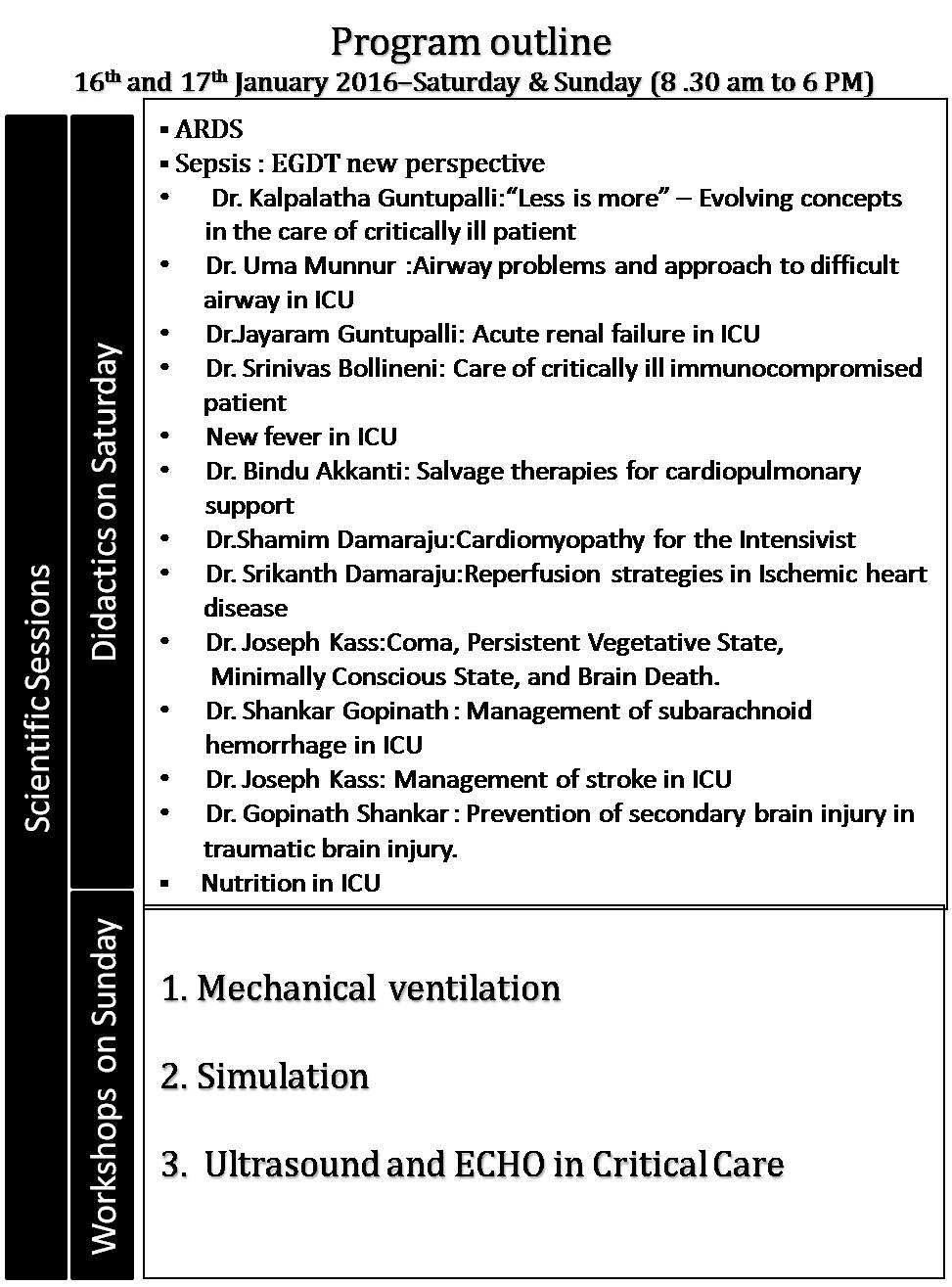
- #CRITICAL UPDATES DECEMBER 2015 UPDATE#
- #CRITICAL UPDATES DECEMBER 2015 PATCH#
- #CRITICAL UPDATES DECEMBER 2015 PLUS#
#CRITICAL UPDATES DECEMBER 2015 PLUS#
iLO is an system management component that allows console access and power on/off plus monitoring capabilities. In the Sun Product Suite there are two vulnerabilities in the integrated LightsOut Manager (iLO) component.This minimizes the attack surface as an attacker would have to have control over the application server to plant an exploit. IT departments can use the Java version routing capabilities in the “ Deployment Rulesets” to always run the latest Java, except for select applications that require the older version. Oracle still maintains Java v6 and v7, but only for customers with a maintenance contract. Trend Micro has published a blog post with the technical details and how the vulnerability was detected. One of the lower severity vulnerabilities, CVE-2015-4902, has been used in the wild to bypass Java click-to-play protection in the browser. Oracle fixed 25 vulnerabilities and 24 can be attacked through remote channels There are seven vulnerabilities with the maximum CVSS score of 10.

#CRITICAL UPDATES DECEMBER 2015 UPDATE#
#CRITICAL UPDATES DECEMBER 2015 PATCH#
All rights reserved.Oracle published their quarterly critical patch update October 2015 addressing 154 vulnerabilities distributed across 50+ different products. Published by Oxford University Press on behalf of the European Society of Human Reproduction and Embryology. In conclusion, we demonstrate the extensive multi-factorial impact of dysmenorrhea and we encourage and direct researchers to necessary future studies.Ĭentral sensitization chronic pain dysmenorrhea hyperalgesia menstrual cycle pain pain sensitivity women. The prescribed first-line therapy for menstrual pain remains non-steroidal anti-inflammatory drugs, which are effective in relieving daytime and night-time pain.įurther study is needed to determine whether effectively blocking dysmenorrheic pain ameliorates risk for the development of chronic pain disorders and to explore whether it is possible to prevent the development-and not just treat-severe dysmenorrheic pain in adolescent girls. Women with primary dysmenorrhea have a significantly reduced quality of life, poorer mood and poorer sleep quality during menstruation compared with their pain-free follicular phase, and compared with the menstruation phase of pain-free control women. Further, dysmenorrheic pain has an immediate negative impact on quality of life, for up to a few days every month. This enhanced pain sensitivity may increase susceptibility to other chronic pain conditions in later life dysmenorrhea is a risk factor for fibromyalgia. Importantly, the enhanced pain sensitivity is evident even in phases of the menstrual cycle when women are not experiencing menstrual pain, illustrating that long-term differences in pain perception extend outside of the painful menstruation phase. Women with dysmenorrhea, compared with women without dysmenorrhea, have greater sensitivity to experimental pain both within and outside areas of referred menstrual pain. In combination with the word 'dysmenorrhea' one or more of the following search terms were used to obtain articles published in peer-reviewed journals only: pain, risk factors, etiology, experimental pain, clinical pain, adenomyosis, chronic pain, women, menstrual cycle, hyperalgesia, pain threshold, pain tolerance, pain sensitivity, pain reactivity, pain perception, central sensitization, quality of life, sleep, treatment, non-steroidal anti-inflammatory drugs. Full-text manuscripts published between the years 19 were reviewed for relevancy and reference lists were cross-checked for additional relevant studies. This review reports on current knowledge, particularly with regards to the impact and consequences of recurrent menstrual pain on pain sensitivity, mood, quality of life and sleep in women with primary dysmenorrhea.Ĭomprehensive literature searches on primary dysmenorrhea were performed using the electronic databases PubMed, Google Scholar and the Cochrane Library. Despite the high prevalence, dysmenorrhea is often poorly treated, and even disregarded, by health professionals, pain researchers, and the women themselves, who may accept it as a normal part of the menstrual cycle.


Primary dysmenorrhea, or painful menstruation in the absence of pelvic pathology, is a common, and often debilitating, gynecological condition that affects between 45 and 95% of menstruating women.


 0 kommentar(er)
0 kommentar(er)
